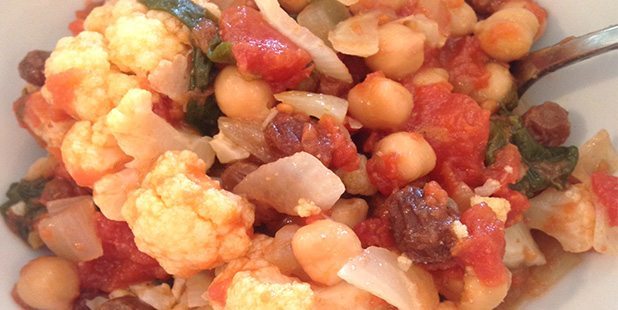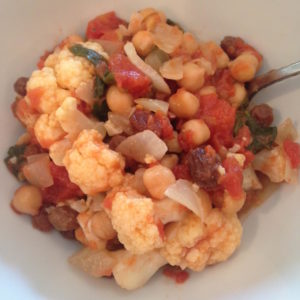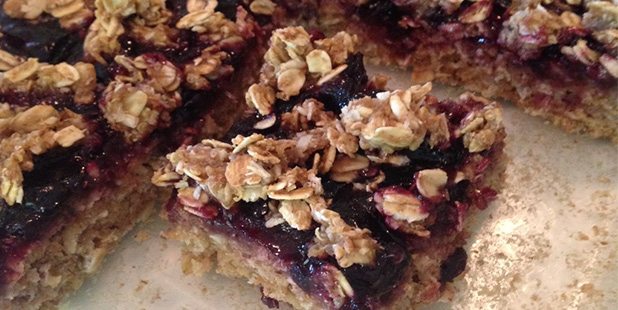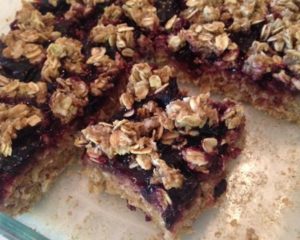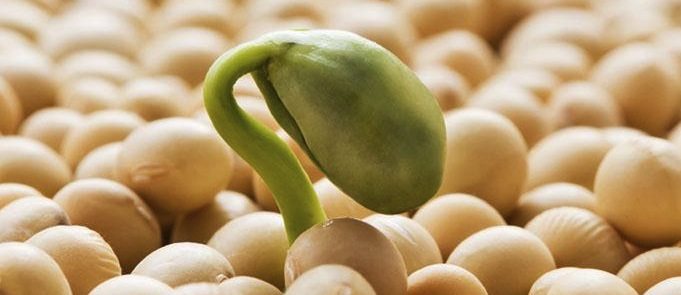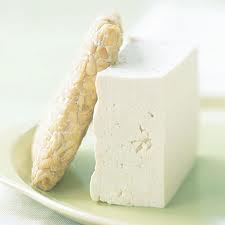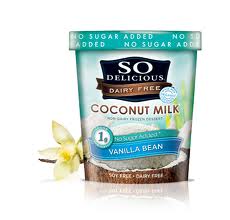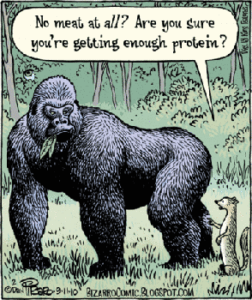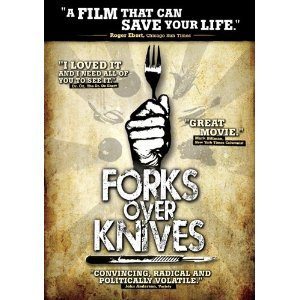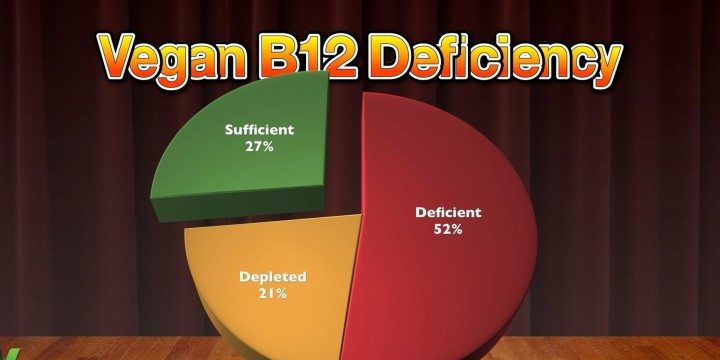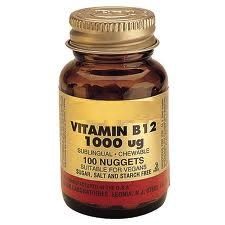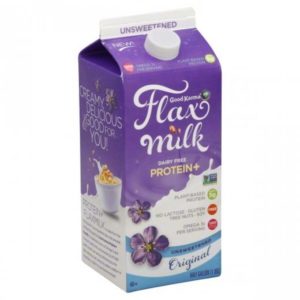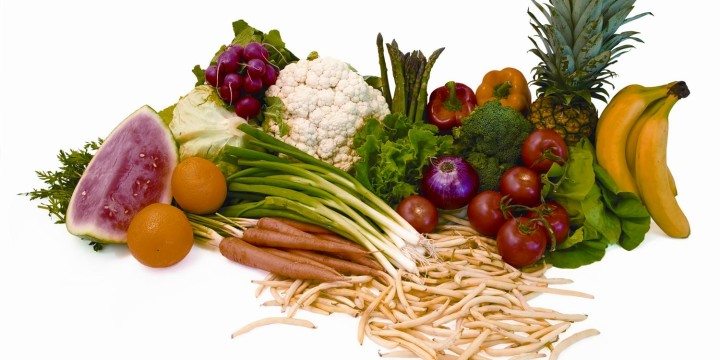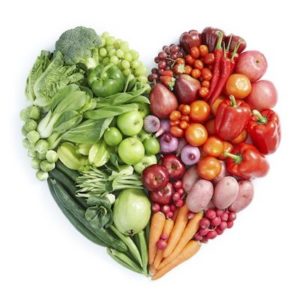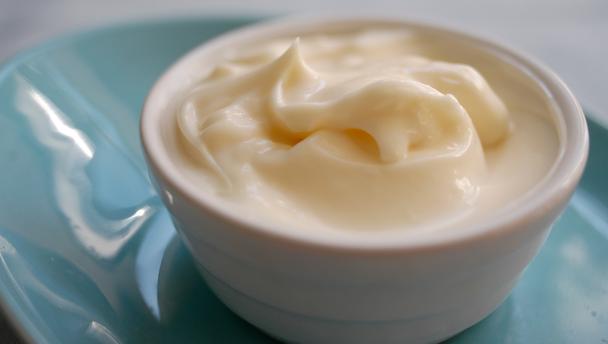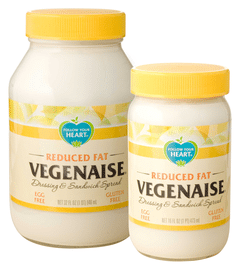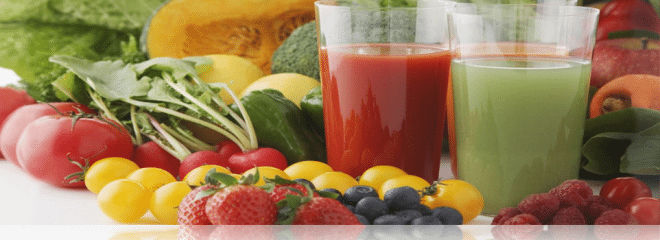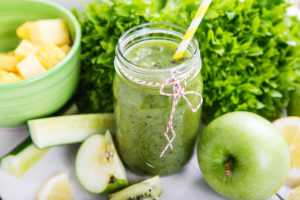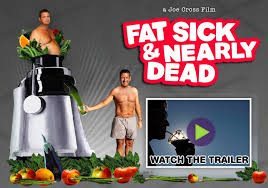I love one-pot meals and I love them even more if they are ready in under 30 minutes!
This bowl is a quick, easy, warming, flavorful vegan recipe packed full of nutritional benefits.
Chickpeas are one of my favorite sources of protein. One cup gives you approximately 15 grams of protein and they are also high in iron, fiber, and have a low glycemic index. And because of their mild flavor they are very versatile and can be used in all sorts of different ways. Even cookies! But that’s another post….
Cauliflower is high in Vitamin C and is also has antioxidant and anti-inflammatory benefits and this recipe also contains spinach which is pretty much power packed with everything your body needs. Let’s get our health on!
Easy Cauliflower Chickpea Stew
Ingredients:
- 1 Tbsp olive oil
- 1 onion chopped
- 1 clove garlic minced
- 1 1/2 tsp ground cumin
- 1 inch piece of fresh ginger grated
- 1 28 ounce can diced tomatoes
- 1 15 ounce can chickpeas drained and rinsed
- 1 head cauliflower cut into small florets
- 1/2 C raisins
- 1/2 C vegetable broth
- 2 C (or more if you like) baby spinach
- 1/2 tsp salt
- 1/4 tsp black pepper
Directions:
Heat oil in a large saucepan over a medium-low heat. Add onion and cook for 5 minutes. Add garlic, cumin and ginger and cook for 1 minute. Add tomatoes, chickpeas, cauliflower, raisins and vegetable broth and bring to a boil. Reduce heat and simmer until vegetables are tender, approximately 15-20 minutes. Add spinach, salt and pepper and cook 1/-2 minutes more until spinach is wilted.
Enjoy!
Kirsten

